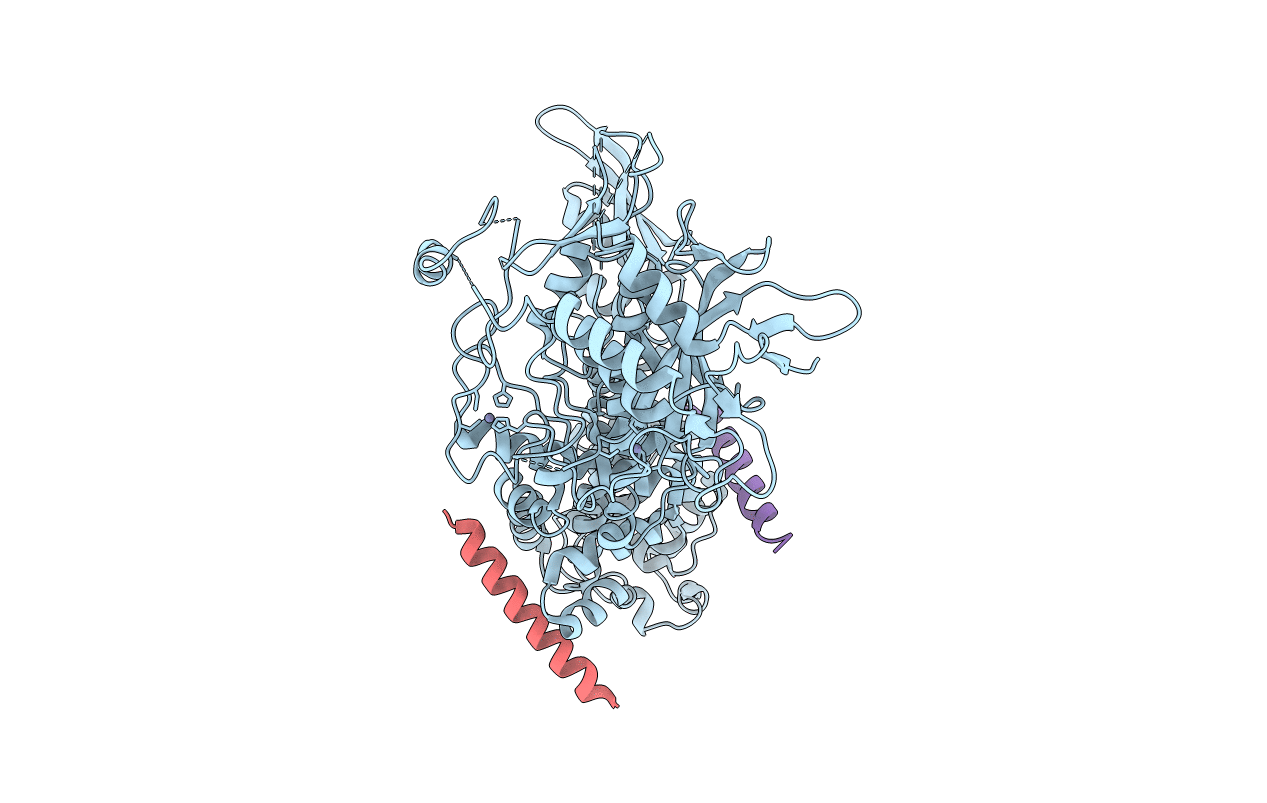
Deposition Date
2015-11-23
Release Date
2016-02-03
Last Version Date
2024-11-20
Entry Detail
PDB ID:
5B16
Keywords:
Title:
X-ray structure of DROSHA in complex with the C-terminal tail of DGCR8.
Biological Source:
Source Organism:
Homo sapiens (Taxon ID: 9606)
Host Organism:
Method Details:
Experimental Method:
Resolution:
3.20 Å
R-Value Free:
0.30
R-Value Work:
0.26
Space Group:
C 1 2 1


